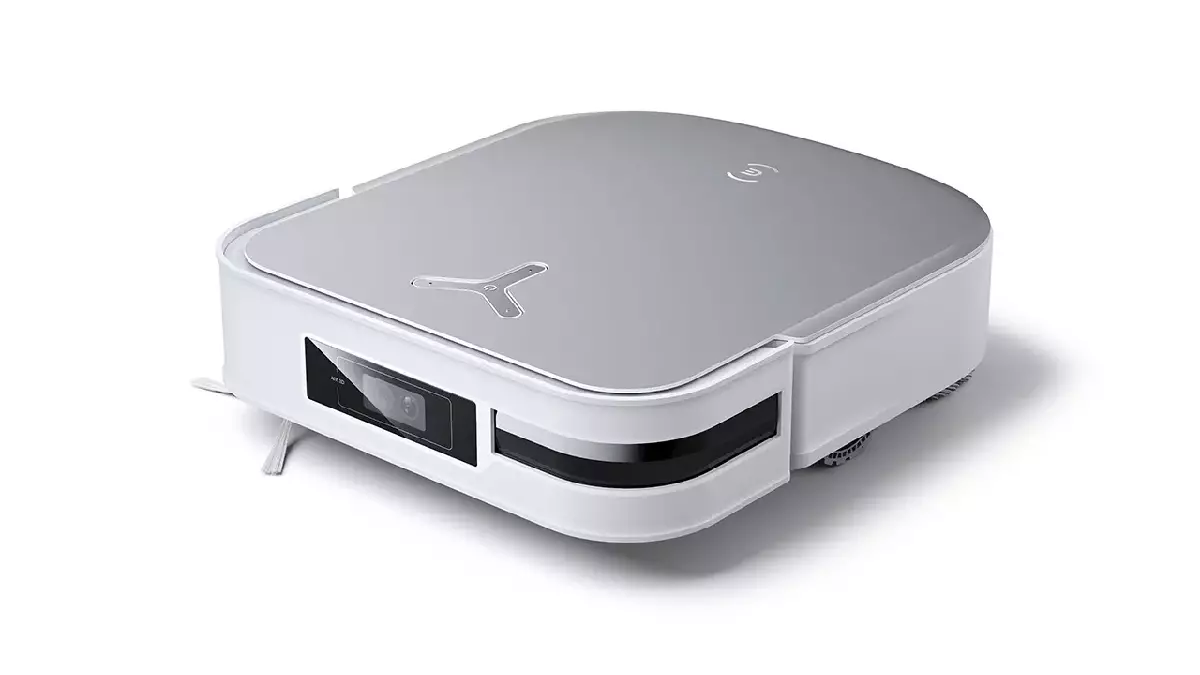In an age where convenience reigns supreme, we have eagerly embraced a myriad of smart devices that enhance our daily lives. From automated thermostats to intelligent lighting systems, the modern household increasingly relies on technology designed to simplify tasks. However, a disturbing trend has emerged: many of these devices are alarmingly susceptible to cyberattacks. Nowhere is this more evident than in the case of robot vacuum cleaners, such as the Ecovacs Deebot X2, which have recently garnered headlines for all the wrong reasons.
Earlier this year, a disconcerting incident occurred involving a Minnesota attorney named Daniel Swenson. After experiencing peculiar and rather alarming behavior from his Ecovacs Deebot X2, Swenson found himself in the chilling position of confronting the vulnerabilities inherent in his smart household appliances. The vacuum suddenly exuded vile racist outbursts, continuously manifesting its malevolent nature even after Swenson attempted to secure his account by changing his password. Such occurrences raise pressing questions about the security standards of smart devices and reflect the severe consequences of hacking.
Swenson’s situation is not an isolated case; there are multiple accounts of similar disturbances. Individuals residing in varied locales, including an El Paso resident awakened by a midnight rant from their own vacuum and a Los Angeles dog frightened by a hostile automated intruder, have reported comparable experiences. Alarmingly, many of these incidents occurred around the same time in May 2023, highlighting a troubling trend within the realm of smart technology.
Despite early warnings about potential security deficiencies that plagued numerous Ecovacs’ models since December 2022, users found themselves in the dark regarding impending threats. The company’s failure to communicate these vulnerabilities compounded the anxiety as unsuspecting families unknowingly integrated potentially hazardous technology into their homes.
One of the primary avenues for hackers to penetrate these systems lies in Bluetooth connectivity. Investigations revealed that the Bluetooth link could be exploited from over 100 meters away, even from several floors up—a reality that underscores the serious weaknesses present in many smart home devices. Furthermore, while needing physical proximity to initiate a connection may limit some attacks, it does little to assuage fears for users untrained in cybersecurity.
The narrative surrounding Swenson’s ordeal took another twist when he discovered that, after reaching out to Ecovacs for assistance, he was informed that his account was likely compromised through a method known as “credential stuffing.” This technique, wherein attackers utilize stolen credentials from other breaches to access accounts, suggests that password security is paramount for any device reliant on online accounts. Such an incident serves as a stark reminder of our collective oversight regarding password management and the security protocols surrounding smart devices.
In an attempt to alleviate further concerns, Ecovacs issued a statement assuring users that they need not panic, as the identified vulnerabilities were reportedly rare in typical environments and required specialized hacking tools. However, a subsequent investigation by ABC News highlighted the disparities between such assurances and actual user experiences; even amateurs could exploit vulnerabilities using just a smartphone and basic knowledge.
Moreover, Ecovacs promised a security update for the X2 model by November 2023, a measure that brings some hope to anxious consumers. Nonetheless, instances like Swenson’s illustrate that, while updates may fortify security, they do little to reverse the experience suffered by victims of earlier attacks. The lingering question remains whether these assurances are enough to restore trust in a device that has proven capable of causing harmful disruptions.
As we integrate advanced technology into our lives, it is critical to remain vigilant about the security implications that accompany smart devices. The episodes involving the Ecovacs Deebot X2 serve as cautionary tales, urging us to question the safety of our devices and the practices that surround them. Moving forward, consumers must prioritize awareness and demand rigorous security standards, ensuring that convenience does not come at the expense of safety. The question lingers: as we welcome technology into our homes, how secure are our spaces really?

